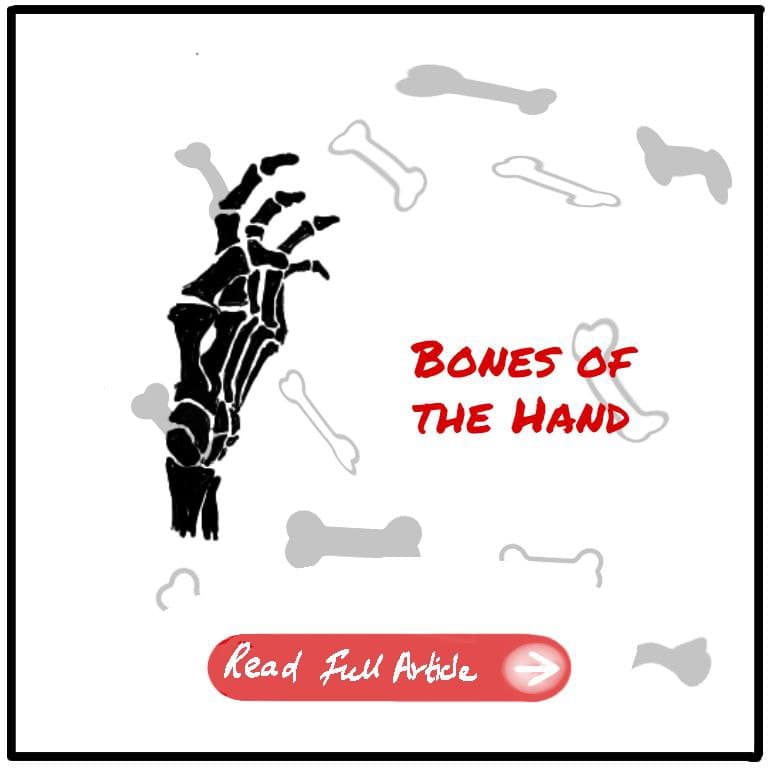The carpal bones, hidden within the wrist, are essential to the remarkable functionality of the human hand. These eight small bones provide stability and flexibility, enabling a wide range of precise movements. In this article, we uncover the anatomy, function, and clinical importance of the carpal bones. Join us as we explore the captivating world of these often-overlooked components of our hands
Overview
There are 8 carpal bones arranged in two rows, 4 on each. The proximal row contains Scaphoid, Lunate, Triquetral, and Pisiform from lateral to medial, respectively. The distal row contains Trapezium, Trapezoid, Capitate and Hamate from lateral to medial respectively.
There is a simple mnemonic to remember this, There are several variations of this.
- She looks too pretty. Try to catch her!
- Some lovers try positions that they can’t handle.
- Senior lovers try positions that they can’t handle.
- Some ladies tickle palms, trying to catch husbands.
Out of these, the easiest one to remember and the one that makes most sense is the 3rd one.
Senior — Scaphoid
Lovers — Lunate (Broader anteriorly)
Try — Triquetrum
Positions — Pisiform (Last to ossify)
That — Trapezium
They — Trapezoid
Can’t — Capitate (1st to ossify, Largest)
Handle — Hamate
All the bones are broader posteriorly, except for the Lunate. Being broader posteriorly contributes to the formation of the arch, which when closed by the flexor retinaculum, forms the carpal tunnel. The capitate is the first bone to ossify out of these bones, and the Pisiform is the last. The Capitate is the largest among the carpal bones.
In addition to these, there are two additional sesamoid bones in front of the head of the 1st metacarpal, in the insertion of flexor pollicis longus.
Clinicals
Perilunate dislocation of the carpus — The rest of the carpal bones except for the Lunate dislocate backwards from the lunate in a fall on an outstretched hand. perilunate dislocations are more common than lunate dislocations.
Lunate dislocations — The Lunate dislocates forward. Dislocation of the lunate from both the capitate and the radius occurs.
Scaphoid fracture – Occurs in fall on an outstretched hand. In roughly 33% of people, Blood supply to the scaphoid enters from the distal end and passes along the waist. This is known as a retrograde blood supply. If a fracture occurs proximal to the entrance of the nutrient artery, avascular necrosis of the proximal segment occurs. In a scaphoid fracture, tenderness can be felt in the anatomical snuff box.
Carpal tunnel syndrome
Bennet’s fracture — Fracture of the 1st metacarpal bone
quiz:







Leave a Reply